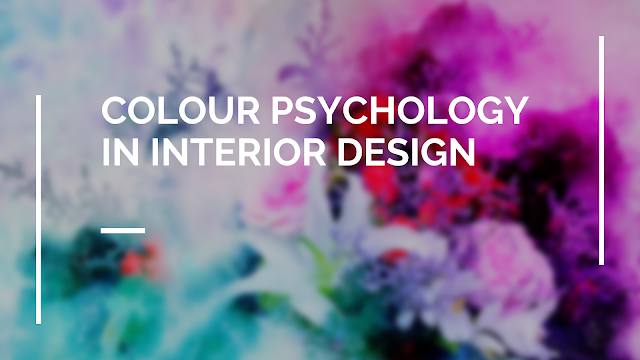Colour Psychology in Interior Design
Harness the power of colours to create harmonious, functional, and visually appealing spaces! Have you ever heard about applying Colour Psychology in Interior Design? If not just check out this overview from luxurykeralaflats.com, the best portal to know about flats in Kerala.
Colours psychology has a key role in interior design as it can kindle emotions, influence mood, and create a special ambience within a room. Let’s explore the significance of colour psychology in interior design.
Color Psychology - The Basics
Colours bring out various feelings and reactions and interior designers use them as a powerful tool to shape the ambience of a space like:
- Red is used to make a statement and create a sense of excitement to a particular area. It is often associated with energy, passion, and warmth.
- Blue is considered a popular choice for bedrooms and bathrooms as it is linked to calm, relaxation, and serenity. Lighter shades bring about an open and airy feel, while darker blues can add depth and sophistication to a space.
- Using green or its shades creates a refreshing and balanced environment as the colour is connected to nature, growth, and harmony. It is mostly used in living rooms and kitchens.
- Yellow brings in happiness, optimism, and warmth to a room and makes it feel cheerful and inviting.
- Purple exudes luxury, creativity, and spirituality! While softness and romance are associated with light purples, deep purples evoke a sense of opulence. It's a popular choice for bedrooms and libraries.
- Orange is often linked to energy, enthusiasm, and creativity. It is used in activity and social interaction spaces like kitchens and playrooms.
- Neutrals like white, grey, brown etc. create a sense of simplicity, timelessness, and versatility. They are commonly used in modern and minimalist interior design.
How Colour Psychology is applied in Interior Design:
Colour psychology is often used to strike a balance between different emotions and feelings within a space. Check out how:
- Colour choices may be used to define a purpose in a space! While vibrant and energetic colours like red or orange may motivate physical activity, soft and warm colours promote relaxation.
- Lighter colours tend to make a space feel larger, while darker colours can create a cosy and intimate ambiance.
- Colours create a psychological impact in interior design! A hospital may use calming shades of green or blue to reduce anxiety and restaurants may use rich and elegant colours like burgundy and gold to create a luxurious atmosphere.
- Diverse cultures may be associated with different colours and interior designers need to ensure that their colour choices are culturally sensitive and appropriate.
- According to shifts in societal values and aesthetics, the popularity of specific colours may change over time. Designers need to align to these trends to create contemporary and appealing spaces.
Now that you know the applications of colour psychology in interior design you can as well apply it in the interiors of your luxury apartment in Kochi. Contact us at luxurykeralaflats.com to know more.
.png)

.png)
.png)
Comments
Post a Comment